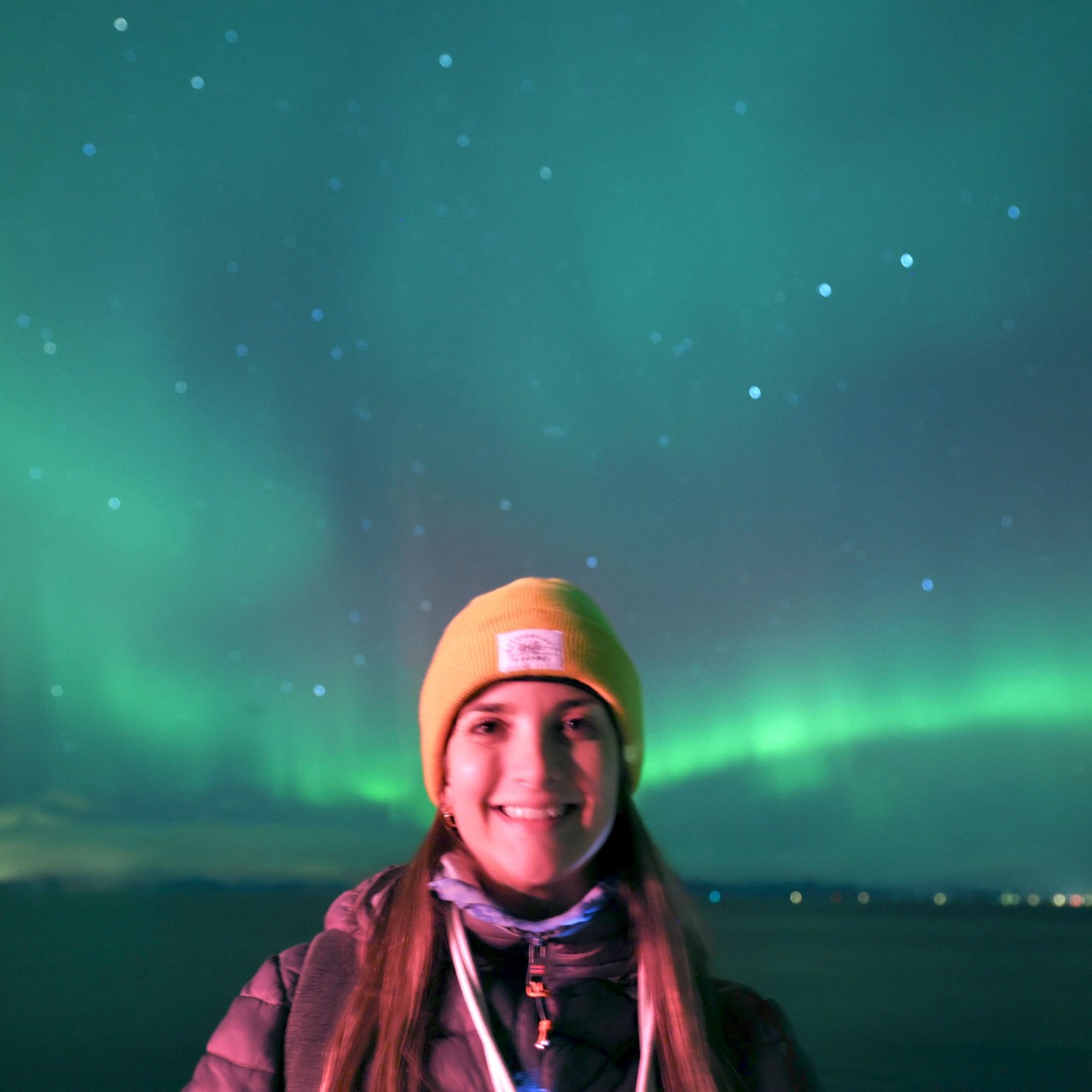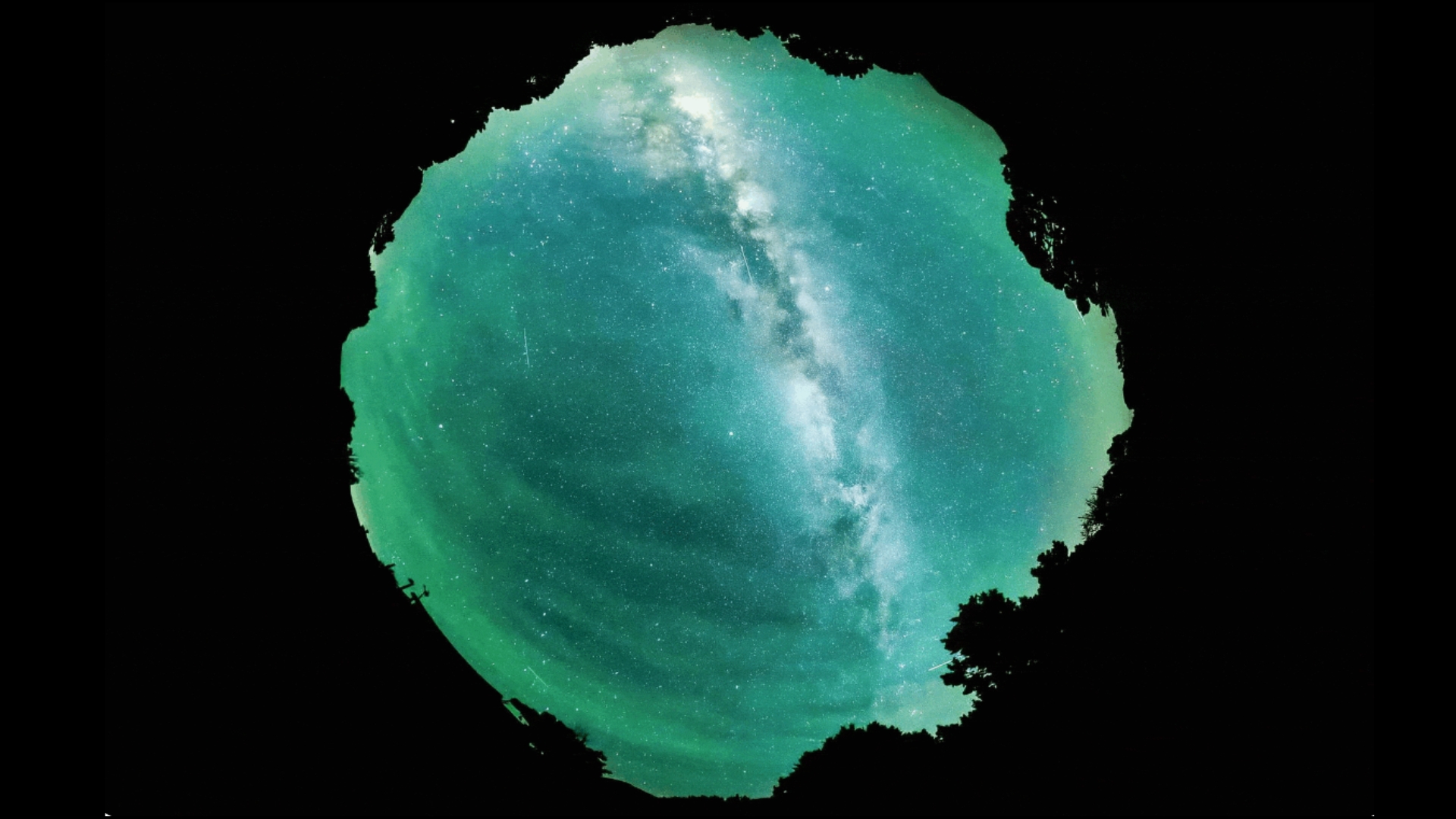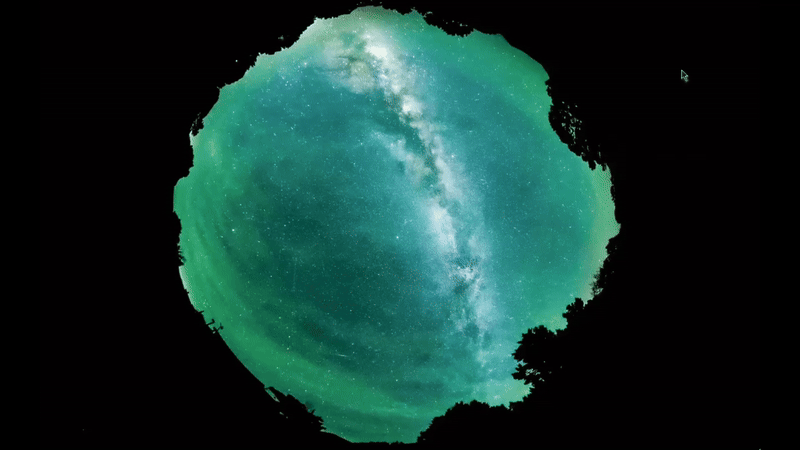Photographer captures ghostly ripples over Colorado night sky. 'It is rare to see it directly overhead and moving like that' (photo)
Aaron Watson captured slightly more than he bargained for when setting up a timelapse to capture airglow and the Milky Way.
Beneath the star-drenched skies of Colorado on May 26, as the Milky Way arched into view, photographer Aaron Watson pointed his lens upward — and captured something extraordinary unfolding in the night.
"I have seen airglow a lot, but it is rare to see it directly overhead and moving like that," Watson told Space.com in an email.
Watson's timelapse, captured around 3:30 a.m. local time and spanning about 30 minutes, reveals watery green ripples of airglow sweeping across the sky. "It was, for the most part, invisible to the naked eye," Watson said.
Airglow is a natural light emission created when sunlight interacts with molecules in Earth's upper atmosphere, causing them to release energy as a faint glow. There are three types of airglow: dayglow, twilightglow and nightglow, according to Lancaster University's Aurora Watch UK.
Dayglow and twilightglow are driven by the same process — sunlight charging atmospheric molecules — but twilight glow becomes briefly visible to the naked eye as daylight fades. These glowing emissions are about a billion times fainter than sunlight, which is why they're washed out during the day.
Watson captured nightglow, the most visible type of airglow, created by a process called chemiluminescence. During the day, sunlight deposits energy into our atmosphere, charging up oxygen molecules (O₂) high above Earth. Around 62 miles (100 kilometers) up, some of the energy splits these molecules into individual oxygen atoms. These atoms hang onto that sun-deposited energy for hours because they can't easily release it. Eventually, the oxygen atoms find partners and recombine to form O₂ again. When they do, they release the stored energy as light, including that striking green glow captured in Watson's timelapse.
The mesmerizing wave-like patterns seen in Watson's timelapse are the result of nearby thunderstorms producing gravity waves in the upper atmosphere. These waves ripple through the airglow, creating visible, wavelike patterns across the night sky.
Breaking space news, the latest updates on rocket launches, skywatching events and more!
"North is down in this image set, so the ripples were flowing from south to north, as if flowing out from above the storms to the south." Watson wrote in a post on his website.
You can see more of Watson's impressive photography on his website Skies Alive. If this article has inspired you to get into astrophotography, our best cameras for astrophotography and best lenses for astrophotography can help you get ready to capture the next stunning skywatching event.
Editor's note: If you capture a photo of the night sky and would like to share it with Space.com's readers, send your photo(s), comments, and your name and location to spacephotos@space.com.

Daisy Dobrijevic joined Space.com in February 2022 having previously worked for our sister publication All About Space magazine as a staff writer. Before joining us, Daisy completed an editorial internship with the BBC Sky at Night Magazine and worked at the National Space Centre in Leicester, U.K., where she enjoyed communicating space science to the public. In 2021, Daisy completed a PhD in plant physiology and also holds a Master's in Environmental Science, she is currently based in Nottingham, U.K. Daisy is passionate about all things space, with a penchant for solar activity and space weather. She has a strong interest in astrotourism and loves nothing more than a good northern lights chase!
You must confirm your public display name before commenting
Please logout and then login again, you will then be prompted to enter your display name.


